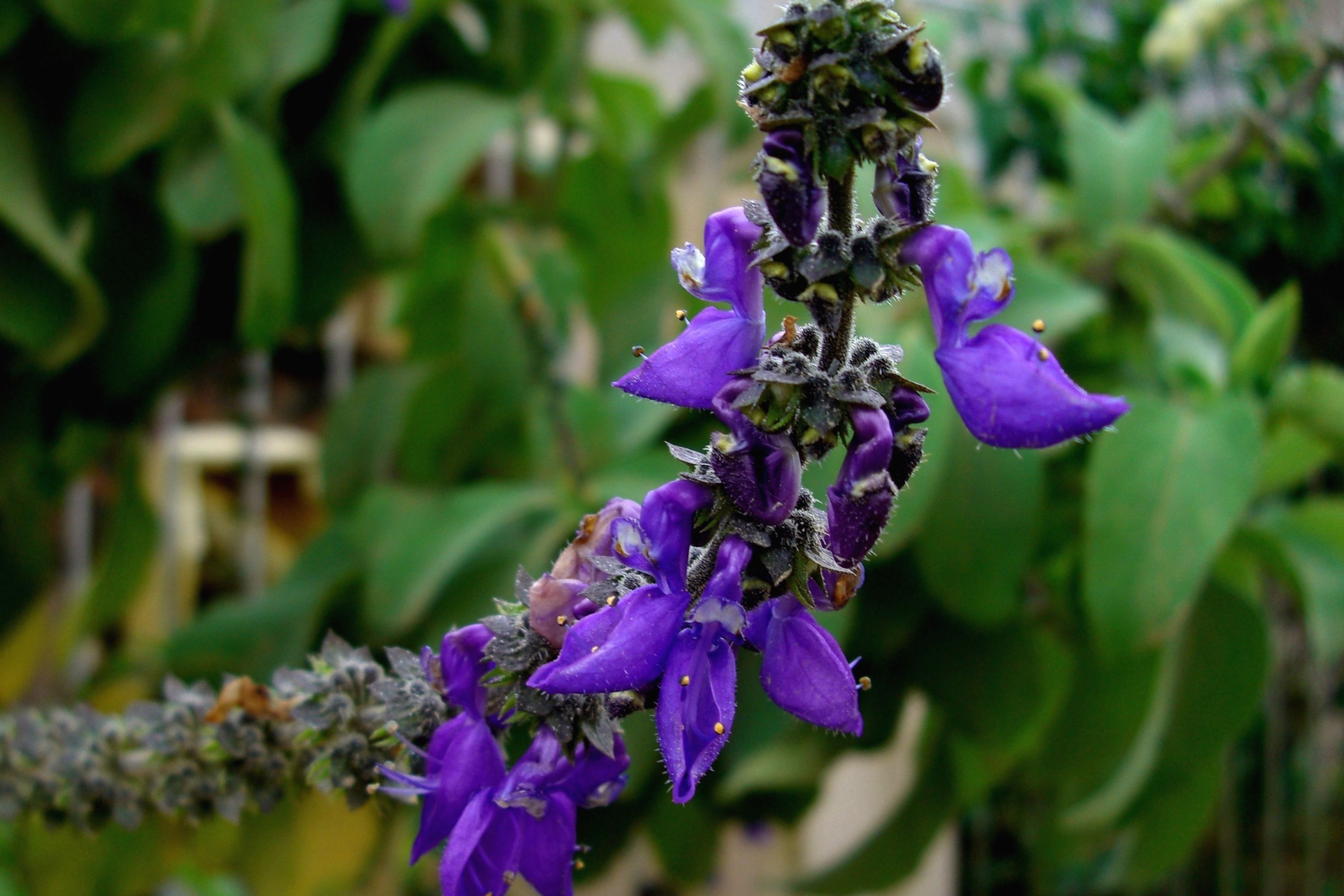Boldo
(Peumus boldus)

Description
Peumus boldus, the only species in the genus Peumus, is commonly known as boldo (from the Mapudungun name foḻo). This tree of the family Monimiaceae is natively endemic to the central region of Chile, occurring from 33° to 40° southern latitude. Boldo has also been introduced to Europe and North Africa, though it is not often seen outside botanical gardens. Due to its common name (boldo), mainly in Latin America, it is usually confused with the Plectranthus ornatus species, known as falso boldo, boldo paraguayo or boldo rastrero, which has led to confusion about the uses, properties and toxicity of both species. Boldo, together with litre, quillay, peumo, bollén and other indigenous plants, is a characteristic component of the sclerophyllous forests endemic to central Chile. Its leaves, which have a strong, woody and slightly bitter flavor and camphor-like aroma, are used for culinary purposes, primarily in Latin America. The leaves are used in a similar manner to bay leaves and also used as a herbal tea, primarily in Chile and Argentina. Although not well known, boldo fruits, which appear between December and February, are very tasty, nutritious, small, green, edible spheres. Boldo's assertive flavor comes primarily from the presence of the chemical ascaridole, which is also present in the epazote plant. In Brazil, Argentina, Chile, Uruguay, and Paraguay, boldo is mixed with yerba mate or other teas to moderate its flavor. Some families keep a boldo plant at home for this purpose, although boldo teabags are readily available in nearly all supermarkets. Boldo and plants with similar properties are widely used as mild folk medicine in various South American countries in both urban and rural areas, even among people who do not usually drink herbal teas other than mate beverage. Boldo is officially listed as phytotherapic plant as cholagogue and choleretic, for treatment of mild dyspepsia in Brazilian pharmacopoeia. Boldo is in the family Monimiaceae, which is closely related to the family Lauraceae (which includes many other plants used for their aromatic leaves, such as cinnamon, cassia, bay leaf, and camphor laurel.)
Taxonomic tree:







